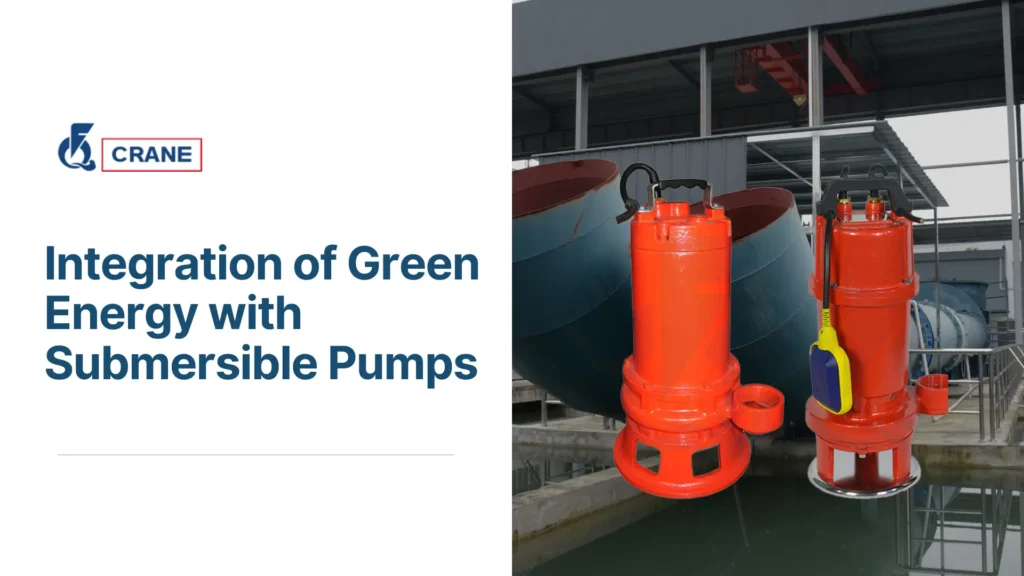Submersible pumps are engineered devices that operate while completely submerged in fluid.
Unlike traditional pumps, which draw water from above the surface, submersible pumps push fluid to the surface.
This design makes them ideal for a variety of applications, including irrigation, wastewater management, and groundwater extraction.
These pumps function by converting rotational energy from an electric motor into hydraulic energy.
The motor, located at the top of the pump, drives an impeller that creates a pressure difference, allowing the fluid to be pushed upward through the pump and into the discharge pipe.
This mechanism is efficient, as it minimizes energy loss and allows for smooth operation even in deep water sources.
Submersible pumps are versatile and can be used in a multitude of settings. In agriculture, they are essential for irrigation systems, providing a reliable water supply to crops. In municipal water systems, they help supply clean drinking water.
Additionally, in industrial settings, they are crucial for dewatering and maintaining water levels in construction sites or mines.
And More:
Benefits of Submersible Pumps in Farming
Why is Green Energy Important for Submersible Pumps?
Environmental Benefits
Integrating green energy sources, such as solar and wind, with submersible pumps significantly reduces carbon emissions.
By relying on renewable energy, we can decrease our reliance on fossil fuels, which contributes to climate change and environmental degradation.
This shift not only protects natural ecosystems but also promotes biodiversity.
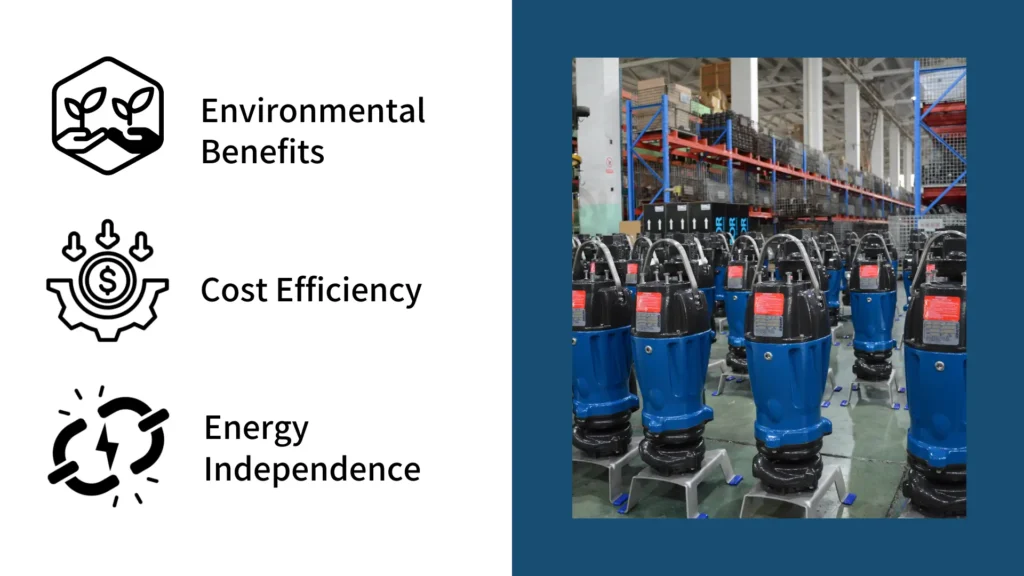
Cost Efficiency
While the initial investment in renewable energy systems can be substantial, the long-term savings are noteworthy.
Green energy sources often reduce operational costs due to lower energy bills and reduced maintenance expenses.
Over time, these savings can offset the initial costs, making the integration economically viable for many users.
Energy Independence
Utilizing renewable energy for submersible pumps fosters energy independence.
By harnessing local resources such as sunlight and wind, communities can reduce their reliance on external energy sources.
This not only enhances energy security but also stabilizes energy costs, protecting users from price fluctuations in fossil fuel markets.
How Can Solar Energy Be Integrated with Submersible Pumps?
Solar Panel Systems
Solar panels can be installed to directly power submersible pumps, making them an ideal choice for remote or off-grid locations.
These systems capture sunlight and convert it into electricity, which can then be used to operate the pumps.
The use of solar energy is particularly beneficial in areas with abundant sunlight and limited access to traditional power sources.
Benefits of Solar Integration
Solar-powered submersible pumps offer numerous advantages. They can operate independently of the grid, ensuring a continuous supply of water, even in remote areas.
This independence is crucial in agricultural applications, where consistent irrigation is vital for crop health. Moreover, solar energy systems are becoming increasingly affordable and efficient, enhancing their attractiveness.
Maintenance and Durability
Solar systems require minimal maintenance compared to traditional energy sources. With no moving parts and long-lasting components, solar panels can operate effectively for 25 years or more.
This reliability ensures that users can depend on their submersible pumps without frequent interruptions for repairs or replacements.
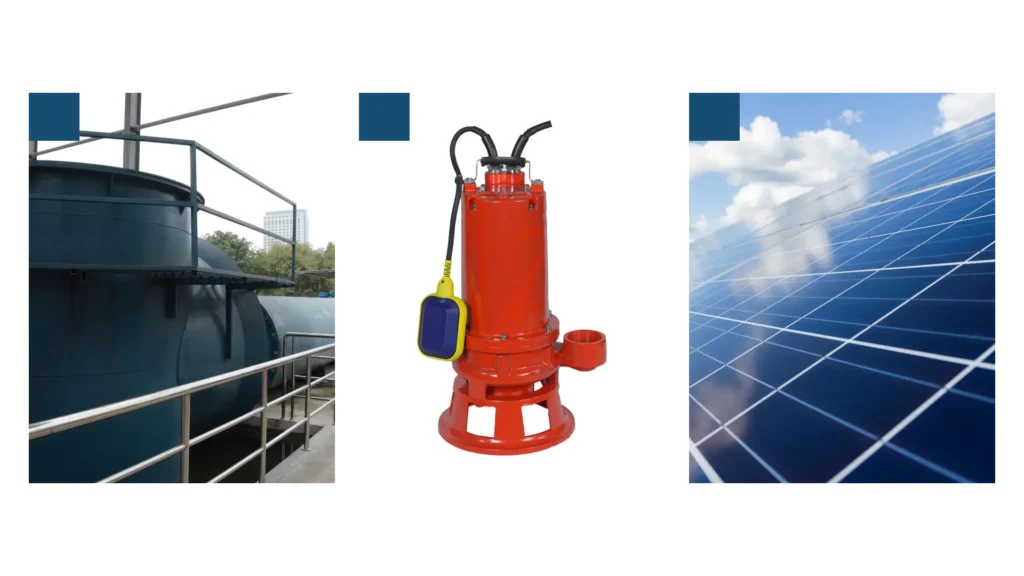
What Role Does Wind Energy Play in Pump Systems?
Wind Turbines as Power Sources
Wind energy can also be harnessed to power submersible pumps. Wind turbines convert kinetic energy from wind into electrical energy, which can then power the pumps.
This is especially effective in regions with consistent wind patterns, where turbines can generate significant amounts of energy.
Benefits of Wind Integration
Integrating wind energy into pump systems provides substantial financial benefits.
By utilizing a free and abundant resource, users can significantly reduce their energy costs.
Additionally, wind energy is clean and sustainable, further enhancing the environmental benefits of using submersible pumps.
Compatibility with Other Systems
Wind energy systems can complement solar systems, creating a hybrid approach to energy generation.
By combining both sources, users can ensure a more reliable and consistent energy supply.
For instance, solar energy may be more effective during sunny days, while wind energy can provide power during cloudy or windy conditions.
What Are the Challenges of Integrating Green Energy with Submersible Pumps?
Initial Investment Costs
One of the primary barriers to the widespread adoption of renewable energy systems is the initial investment required for installation.
Solar panels, wind turbines, and associated infrastructure can be costly. However, many argue that the long-term savings justify the upfront costs, especially as technology advances and prices decrease.
Reliability of Renewable Sources
While renewable energy offers many benefits, it is not without its challenges.
The reliability of solar and wind energy can vary based on weather conditions. For example, solar panels produce less energy on cloudy days, and wind turbines require consistent wind speeds.
This variability can impact the operation of submersible pumps if not managed properly.
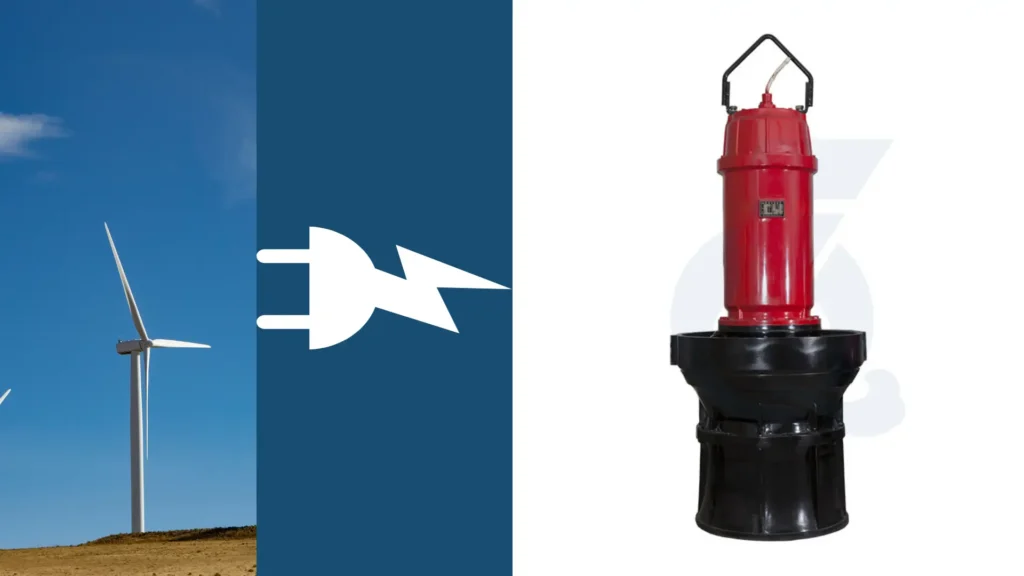
Technical Expertise Required
Integrating green energy technologies often requires specialized knowledge and skills. Users may need to hire professionals for installation and maintenance, which can add to the overall costs.
Additionally, ongoing training may be necessary to ensure that operators understand how to manage these systems effectively.
How Can Smart Technology Enhance Pump Efficiency?
Automation and Monitoring
Smart technologies can significantly enhance the efficiency of submersible pumps. Automation systems can monitor pump performance in real-time, allowing operators to optimize energy usage and reduce waste.
This leads to more efficient operations and can help in identifying potential issues before they escalate.
Predictive Maintenance
Advanced data analytics can enable predictive maintenance for submersible pumps.
By analyzing performance data, operators can anticipate maintenance needs and schedule repairs before failures occur.
This proactive approach minimizes downtime and extends the lifespan of the equipment.
Remote Control Capabilities
Smart pumps can be controlled remotely, providing operators with flexibility and convenience.
This capability allows for adjustments based on real-time energy availability, ensuring that the pumps operate efficiently without manual intervention.
Remote monitoring also enhances safety and responsiveness in emergency situations.
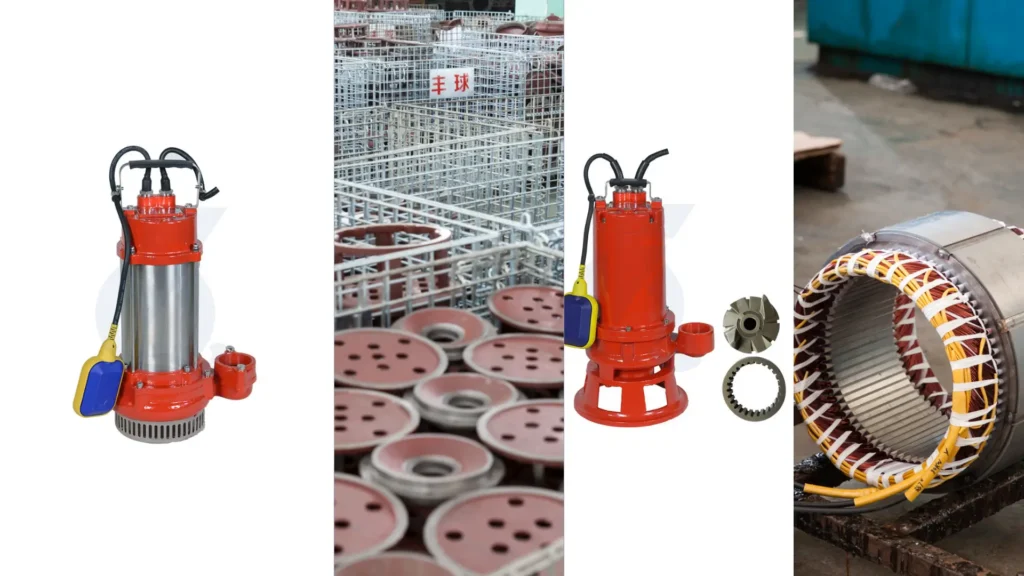
What Are the Economic Implications of Green Energy Integration?
Long-Term Savings
Investing in green energy solutions for submersible pumps can lead to considerable long-term savings.
By reducing reliance on conventional energy sources, users can benefit from lower operational costs over time.
These savings can be reinvested into other projects, further enhancing overall economic viability.
Job Creation
The growth of the renewable energy sector is associated with job creation in various fields, including installation, maintenance, and technology development.
As demand for green energy solutions increases, so too does the need for skilled workers, contributing positively to local economies.
Impact on Local Economies
Sustainable energy practices can have a significant impact on local economies. By promoting energy independence and reducing operational costs, communities can thrive economically.
Additionally, investing in green technologies can attract new businesses and residents, further stimulating economic growth.
How is Policy Supporting Green Energy Adoption?
Government Incentives
Many governments worldwide are recognizing the importance of renewable energy and are offering various incentives to encourage adoption.
These can include tax credits, grants, and subsidies that make the initial investment in green technologies more manageable for users.
Regulatory Frameworks
Policymakers are increasingly developing regulatory frameworks that promote sustainability.
These regulations often support the integration of renewable energy into existing systems, ensuring that businesses and individuals have the necessary guidelines to transition smoothly.
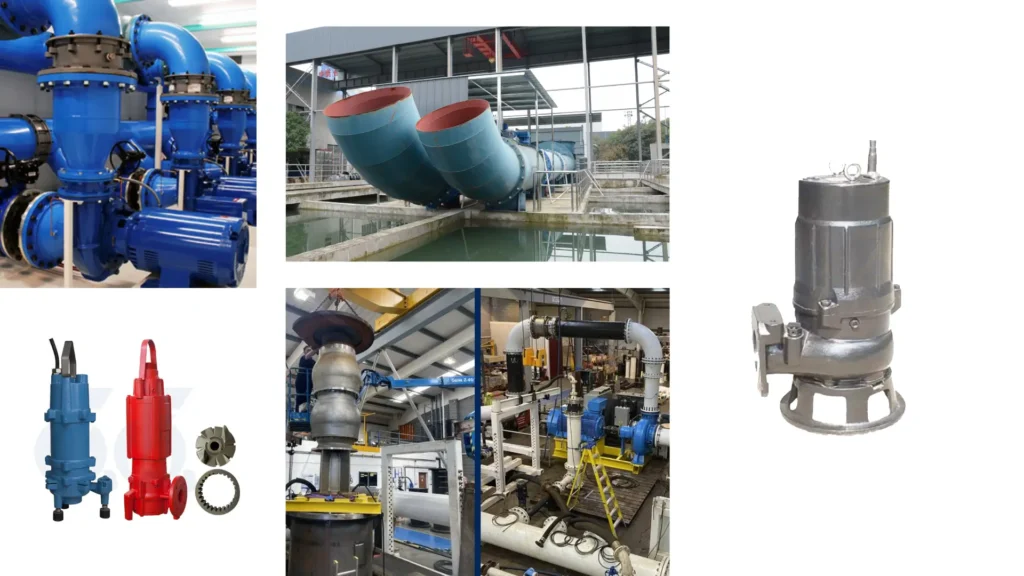
Public Awareness Campaigns
Educational initiatives are vital for raising awareness about the benefits of renewable energy integration.
Governments and organizations are launching campaigns to educate the public on the advantages of green energy, fostering a culture of sustainability and encouraging more people to consider these options.
Conclusion
Integrating green energy with submersible pumps represents a significant step toward sustainability.
By adopting these innovative solutions, individuals and businesses can contribute to a cleaner environment while also reaping economic benefits.
As technology continues to evolve, the potential for efficient and eco-friendly pumping systems will only increase, paving the way for a more sustainable future.

